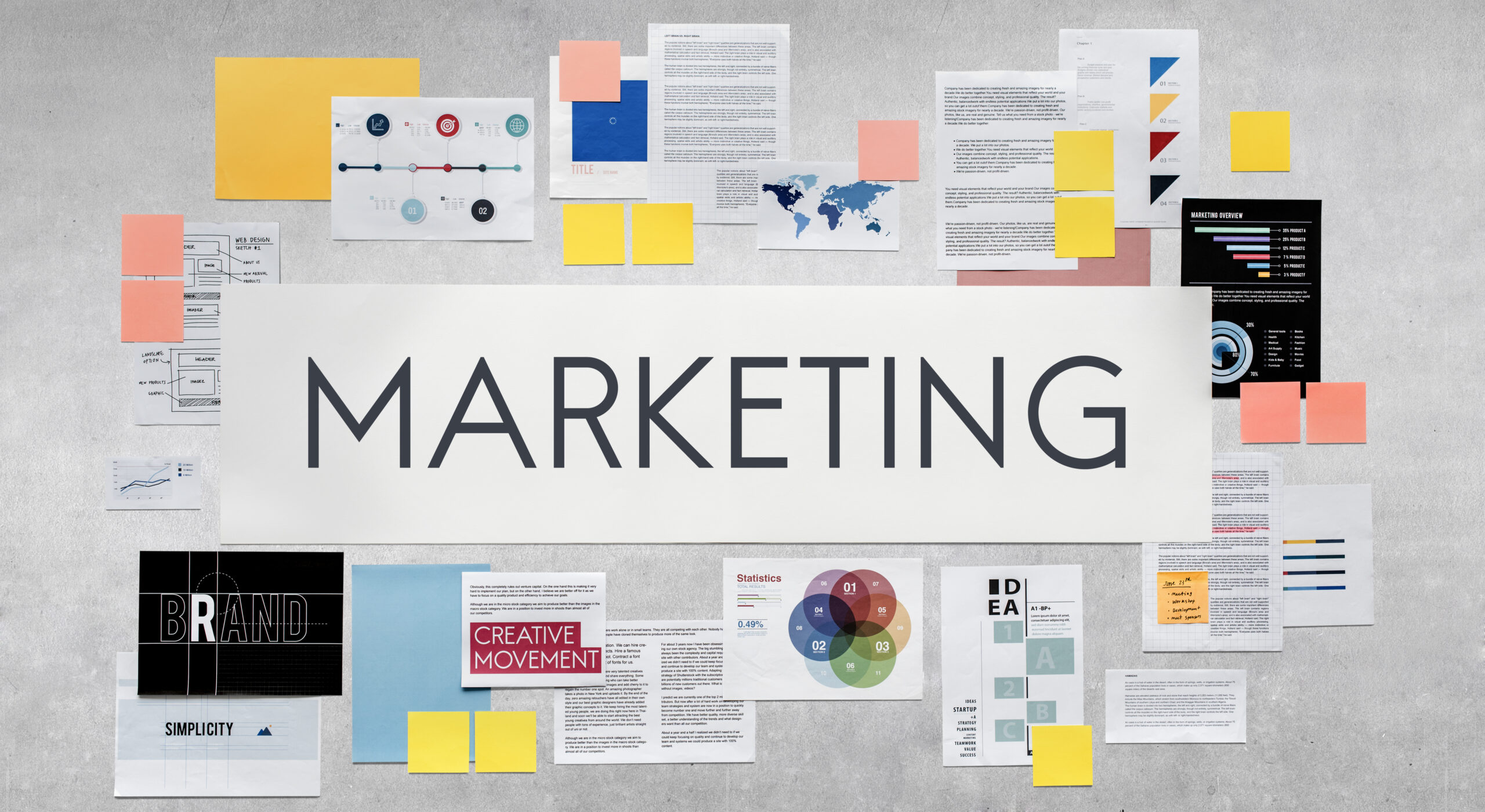Boosted Posts vs. Social Ads: Understanding the Differences for Digital Marketing Success
Grasping the Distinctions for Effective Digital Marketing Boosted Posts vs. Social Ads:
Boosted post s start as organic content, but ad spending amplifies reach, targeting, and engagement for broader visibility.
s start as organic content, but ad spending amplifies reach, targeting, and engagement for broader visibility.
They resemble regular posts but have “sponsored” or “promoted” labels with CTA options like “Shop Now” or “Learn More.”
Boosted posts are easy entry points that require minimal setup and are ideal for beginners seeking simple ways to increase reach.
Using boosted posts, businesses can promote engagement, attract profile visits, and encourage website traffic on Facebook, Instagram, and LinkedIn.
Boosted Post Pros:
Boosted posts are easy to set up, requiring just a few clicks, and are ideal for users new to advertising.
No extra skills are needed, as boosting uses pre-made content, offering low barriers to entry.
Businesses can test successful posts’ performance further by boosting, and extending impact with minimal effort.
Boosted Post Cons:
Boosted posts offer basic targeting, limiting control over who specifically sees the content.
Objectives like engagement or link clicks are restricted, which might not directly support conversions.
Placement options are fewer; boosted posts primarily appear in newsfeeds, limiting other social media spots.
Social Ads Overview:
Social ads, built from scratch, enable more control using Meta Ads Manager or LinkedIn Campaign Manager.
Unlike boosted posts, social ads support detailed targeting and wider placement, achieving more specific campaign goals.
Brands can access varied ad formats, tailored objectives, and experiment across Instagram Stories, Messenger, Meta Audience Network.
Social Ad Pros:
Social ads feature advanced targeting like demographics, lookalike audiences, and interest-based segmentation for refined reach.
Expanded placement options allow brands to reach users in Messenger, Stories, and external networks, maximizing exposure.
Social ads support flexible objectives like lead generation, website traffic, and sales, adapting to different business goals.
Social Ad Cons:
Setting up social ads takes more time and expertise, posing challenges for small teams or beginners.
Achieving results often requires testing and optimizing multiple ad variations, which demands resources and oversight.
Choosing Between Boosted Posts and Social Ads:
Boosted posts suit simpler engagement objectives or quick content amplification, especially for small businesses or beginners.
Social ads work well for brands seeking specific outcomes, like generating leads or driving conversions, with tailored targeting.
Both can complement each other, where boosted posts gather insights to refine later, more targeted social ad campaigns.
Strategy Tips for Boosting Posts and Running Social Ads:
Automate boosting through platforms like Hootsuite, extending the reach and saving time by automatically promoting engaging posts.
A weekly boost budget enables experimentation across content, helping you refine strategies for both boosted posts and ads.
Run A/B tests on social ads to find optimal performance across ad variations, optimizing campaigns based on results.
Explore placements beyond newsfeeds, leveraging spaces like Stories and Messenger for diversified audience reach.
Conclusion:
Boosted posts and social ads offer unique benefits for expanding reach, with boosted posts favoring quick setup and engagement.
For long-term growth, social ads provide targeting flexibility, enabling conversions or lead generation, benefiting larger marketing goals.
Using both strategically helps build a strong social media strategy that maximizes budget, reach, and engagement potential.





